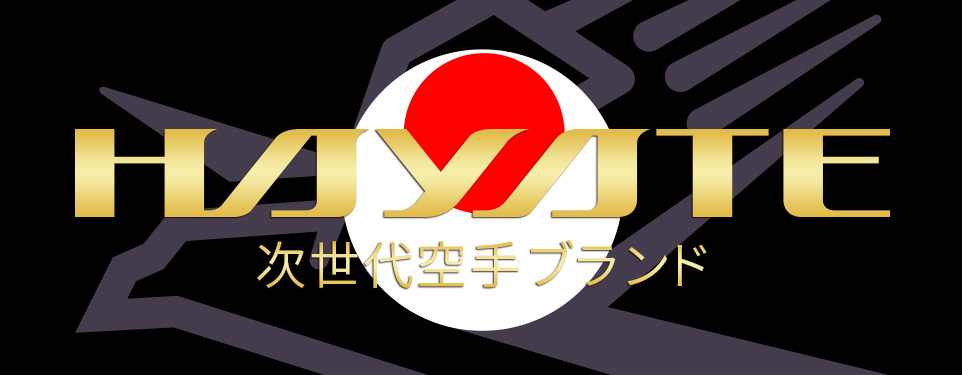2: From Art to Path【Kusahara Katsuhide, Chairman of JKA 】
Funakoshi Sensei both introduced karate to mainland Japan and also built a systematic foundation for spreading karate theory and techniques as well as its teaching methods. He popularized karate through lectures and written works, training many students and instructors.
It was Funakoshi Sensei who renamed the Chinese kenpo form of karate, written “唐手,” to the “empty hand” Japanese “空手” that is universally recognized today. He further transformed the martial art into “karate-do,” which implies a “path” or a way of life that extends beyond the original meaning of self-defense. For this, he was strongly criticized by his fellow Okinawan karate practitioners. Looking back on the history of karate, it can be said that Funakoshi Sensei’s farsighted and courageous determination, despite resulting in detriment to himself, is what forged karate-do into the martial art and life-long practice of budo that it is today. It is for this reason that he is called the “Father of Modern Karate-do”.
The successful development of karate from Okinawan kenpo into a Japanese martial art is also closely related to popularizing it among students at elite universities at the time. When Funakoshi Sensei rented a room in the Okinawa Prefectural Student Dormitory in Tokyo’s Bunkyo district to teach karate, it was mainly university students who came to learn. Eventually, his students sought to spread karate within their own universities, thus, establishing karate clubs at Tokyo Imperial University, Takushoku University, Tokyo University of Commerce (today’s Hitotsubashi University), Waseda University, and many other universities. These students, looking toward judo and kendo clubs as references for clubs teaching traditional Japanese combat arts, worked hard to spread karate-do as a Japanese martial art, emphasizing the many elements of bushido.
It was Jigoro Kano’s Kodokan judo that was used as a guide in the development of karate as a Japanese martial art. As a result, karate used the judo “do-gi” as a reference for karate uniforms. Additionally, like judo, dan ranking systems were introduced, and black belts were given to those who had earned dans. The introduction of events such as Kagami-biraki (the New-Year’s splitting of the rice cake and opening of the sake barrel to signify the start of a new training year), training in the heat of summer, and early morning training in the cold of winter, in addition to various elements of dojo etiquette, were all modeled after those of the Kodokan. It is said that Funakoshi Sensei was so grateful to Kano Sensei that, whenever he passed by the Kodokan, he would stop and bow deeply toward the entrance.
One of the main characteristics of Japanese martial arts is that they aim to cultivate one’s mind. The purpose of budo is not simply to win in competition or defeat opponents in fights. The most important aspect of budo is rather to hone various facets of one’s character through the continual journey of challenging and improving oneself and, through that, to contribute to society. The Kodokan’s Kano Sensei expressed this in the words “Maximum efficient use of energy, and mutual prosperity for self and others,” implicating that martial arts make practitioners and those around them grow together when practiced with earnest spirit and energy and used with the best of intentions. Likewise, for karate, Funakoshi Sensei created the five articles of the “Dojo Kun,” the first and most pivotal of which directs students to “Seek perfection of character.” Funakoshi Sensei’s views of budo and philosophy behind karate-do are packed in these words.
We, as students, must value and exemplify Funakoshi Sensei’s intent behind the dojo-kun. It is easy to recite them during our training sessions, but the important thing is to be mindful of them in our daily lives and apply them to the decisions we make. A martial art that loses its purpose of cultivating one’s mind is no longer worthy of being called budo. Therefore, it is vital to our development as karate-ka to relentlessly embody these principles both inside and outside of training.





